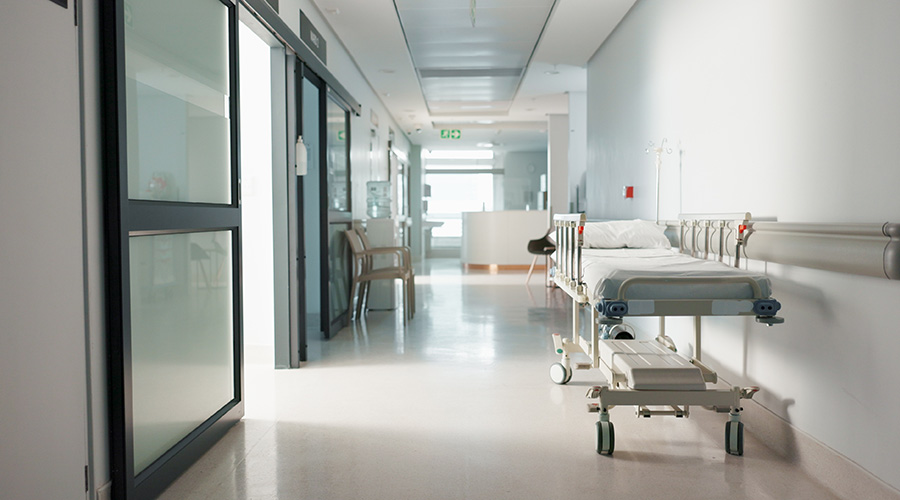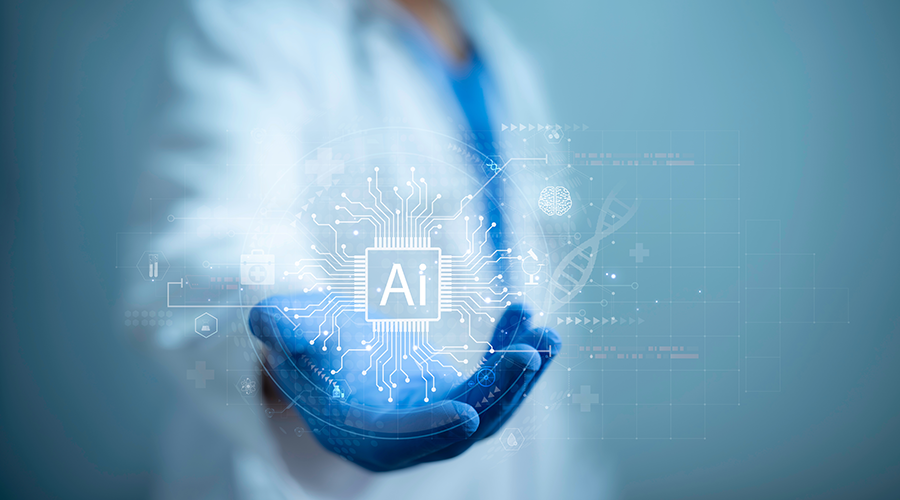Since the COVID-19 pandemic first began, healthcare facilities have struggled to maintain staffing levels to pre-pandemic operations. The ongoing labor shortage has started to have a domino effect on other areas of hospitals, creating trouble for these already struggling facilities.
According to Politico, New York state regulators fined Rochester Regional Health $925,000 for failing to comply with Governor Kathy Hochul's order to reopen psychiatric beds taken offline during the pandemic. This marks the first penalty under the directive, which required hospitals to restore 850 inpatient psych beds by April 1 or face financial consequences. Despite the April deadline, only 500 of the 850 offline beds are expected to be operational by year-end, with hospitals in general attributing the delay to staffing shortages, inadequate funding and the need for suicide precautions in reconfigured units during the pandemic.
As for the staffing shortages, this issue is not unique to the post-pandemic era as it stems back to the height of the pandemic. For example, five of eight of Virginia’s mental healthcare facilities were temporarily closed due to short staffing in 2021. Facilities are still struggling to get adequate levels of staffing to operate vital healthcare functions. This means without enough staff, certain infrastructure and services cannot be brought back online fully or at all.
The situation does not look to lighten up soon either. A study by the American Hospital Association (AHA) found that there will be a critical shortage of 3.2 million healthcare workers by 2026.
According to the U.S. Department of Health and Human Services the three key areas that healthcare workforce planners can consider addressing these shortages:
Quantify Healthcare Workforce Needs
- Identify healthcare workforce needs by area of expertise, skill type and skill level and how these may be modified during periods of strain or surge.
- Reevaluate regularly as the situation evolves by reviewing successful staffing models for different clinical roles.
Support the Healthcare Workforce
- Address PPE concerns through training and practice to increase comfort with use.
- Consider creating/updating policies to increase staff ability and availability.
- Customize recruitment and retention strategies.
- Ensure timely communication with staff including two-way conversations (e.g., town halls, walk arounds) that promote trust and confidence in leadership during emergencies.
- Periodically conduct staff surveys on preparedness and response efforts to solicit staff perception of strengths, challenges, gaps and improvement needs.
Implement Strategies to Maximize the Available Workforce
- Reassign staff from within the system/facility (e.g., from outpatient clinics and surgery services) to units with pressing staffing needs, depending on the nature of the emergency.
- Temporarily supplement workforce with providers from contracted staffing agencies. Licensure (e.g., cross-state) and other regulatory issues need to be addressed depending on state and federal requirements.
- Identify workforce trends and begin planning to mitigate predicted shortages in specific job categories.
- Identify ways that “smart” monitors, artificial intelligence, and telehealth can be utilized to augment staff or reduce staff workloads.
Jeff Wardon, Jr. is the assistant editor for the facilities market.

 Healthcare Is the New Retail
Healthcare Is the New Retail Bridgeway Behavioral Health Services Launches Campaign to Renovate Health Center
Bridgeway Behavioral Health Services Launches Campaign to Renovate Health Center Ground Broken for New North Dakota State Hospital
Ground Broken for New North Dakota State Hospital AI Usage for Healthcare Facilities
AI Usage for Healthcare Facilities Ground Broken on Pelican Valley Senior Living Modernization Project
Ground Broken on Pelican Valley Senior Living Modernization Project